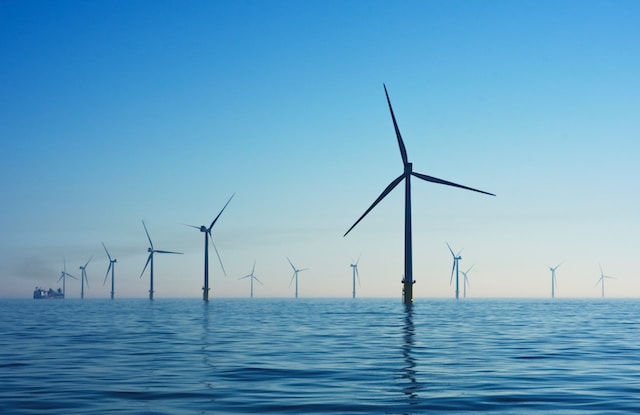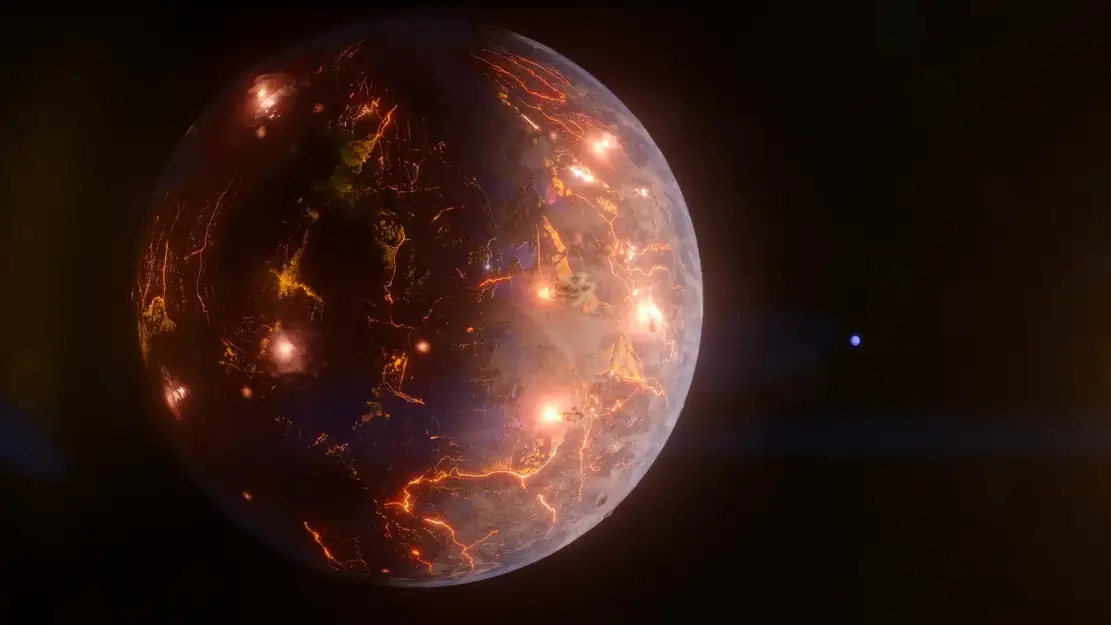Recent research has revealed that octopuses expend a remarkable amount of energy when changing color. The energy consumed during this process is comparable to what a human would burn during a 25-minute jog, shedding light on the significant energetic demands faced by these marine masters of disguise.
Chromatophores: The Secret to Instant Camouflage
Octopuses possess specialized skin cells known as chromatophores, which allow them to alter their appearance almost instantaneously. These cells contain pigments that can be expanded or contracted, enabling the octopus to blend seamlessly with its surroundings. However, this remarkable ability comes at a cost.
Scientists have found that activating chromatophores requires substantial energy. In fact, the energy expenditure involved in a full color change is equivalent to the amount of energy an octopus uses for all its other bodily functions while at rest.
A Human Perspective on Energy Consumption
To put this into perspective, researchers scaled up this energy demand to human proportions. They estimated that if humans had color-changing skin like octopuses, we would burn an additional 390 calories per day—roughly the same as a 23-minute jog.
This discovery highlights the incredible efficiency and complexity of the octopus’s color-changing mechanism. It also underscores the importance of understanding the energetic costs associated with such extraordinary adaptations in the animal kingdom.
Color Change Across the Animal Kingdom
Octopuses and other cephalopods are not the only creatures with the ability to change color. Sonner noted that rapid color-changing abilities have independently evolved in a wide range of species, including amphibians, reptiles, fish, arthropods, and mollusks, demonstrating its widespread importance as an adaptive trait.
However, the color-shifting abilities of cephalopods are far more rapid and precise compared to those of animals like chameleons, which rely on hormone-driven pigment cell changes. These slower processes in other species are likely less energy-intensive.







